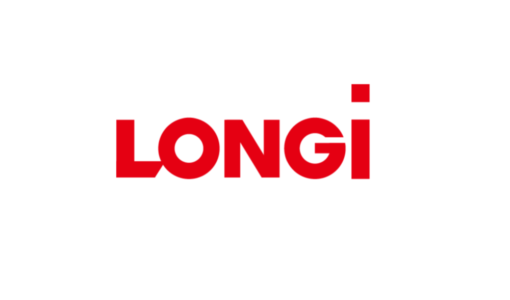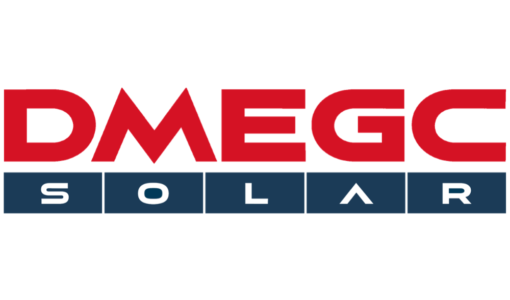- Farmers in a small village Kedia of Bihar state in India might soon get a solar-powered cold storage unit, the money for which is currently being sourced by Greenpeace through crowdfunding
- With no grid connectivity concerns, the solar powered unit will help the farmers save their produce for a longer time and minimize the role of middlemen to sell the produce
- Solar powered cold storage unit has been designed by Ecofrost Technologies and has already been tested and proved in a farmland of Karnataka where it has led to a 40% increase in profits after a 2-year breakeven period
Farmers in a small village in the state of Bihar in India may soon be able to increase the shelf life of their products, thus protecting them from selling their goods at ‘exploitative’ prices.
A Greenpeace initiated crowdfunding model is aimed at empowering farmers of Kedia village who cannot afford to store their goods. This would serve as a case study.
According to Greenpeace, “Over 40% of farm produce gets wasted due to a lack of storage space in India. A majority of our farmers are small and marginal, who cannot afford storage or water harvesting structures, even with subsidies.”
Once up, the solar powered cold storage unit will help save vegetables and other products from getting spoilt. Farmers will then be in a better position to bargain for better prices and not depend on middlemen for selling their products for low prices.
Crowdfunding for the ‘Kedia model’ is being done on the platform of Ketto, a third party crowdfunding website. The solar powered Ecofrost cold storage and water harvesting structure needs an investment of 1.5 million INR ($22,000). The system is eligible for 30% subsidy.
The solar powered cold storage unit has been designed by Ecofrost Technologies Private Limited as an innovative micro cold storage. The Greenpeace website describes it as running at zero cost posing a solution to the wastage of agricultural produce in India. The unit was developed at the Science and Technology Entrepreneurship Park (STEP) of IIT-Kharagpur.
The system has been successfully tested in a Karnataka farmland. It does not depend on grid electricity and after a 2-year breakeven period, the Karnataka
system has led to over 40% increase of the farmers’ profits.
More information on the Kedia system can be found at the Greenpeace India website.
The Kedia project is just one more example for the smart use of solar power in remote corners of the country with or without grid connectivity. Recently, there was a report on how states are participating in a project to install solar powered V-set connected micro ATMs in remote areas (see Solar Powered Micro ATMs In India).











